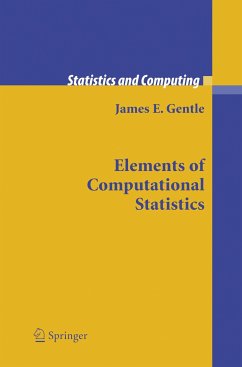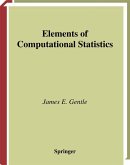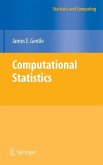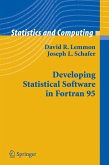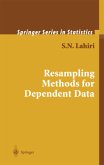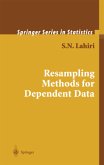In recent years developments in statistics have to a great extent gone hand in hand with developments in computing. Indeed, many of the recent advances in statistics have been dependent on advances in computer science and techn- ogy. Many of the currently interesting statistical methods are computationally intensive, eitherbecausetheyrequireverylargenumbersofnumericalcompu- tions or because they depend on visualization of many projections of the data. The class of statistical methods characterized by computational intensity and the supporting theory for such methods constitute a discipline called "com- tational statistics". (Here, I am following Wegman, 1988, and distinguishing "computationalstatistics"from"statisticalcomputing", whichwetaketomean "computational methods, including numerical analysis, for statisticians".) The computationally-intensive methods of modern statistics rely heavily on the developments in statistical computing and numerical analysis generally. Computational statistics shares two hallmarks with other "computational" sciences, such as computational physics, computational biology, and so on. One is a characteristic of the methodology: it is computationally intensive. The other is the nature of the tools of discovery. Tools of the scienti?c method have generally been logical deduction (theory) and observation (experimentation). The computer, used to explore large numbers of scenarios, constitutes a new type of tool. Use of the computer to simulate alternatives and to present the research worker with information about these alternatives is a characteristic of thecomputationalsciences. Insomewaysthisusageisakintoexperimentation. The observations, however, are generated from an assumed model, and those simulated data are used toevaluate and study the model.
From the reviews: TECHNOMETRICS "For the probable purchasers of this text, I feel that Gentle has succeeded in presenting a broad overview of the major areas of modern computational statistics...In conclusion, I found this book to be a comprehensive summary of computational methods used in modern statistical analyses. It certainly has a place on my bookshelf. The bibliography alone makes it a valuable research tool for those working in this area." SHORT BOOK REVIEWS "This book describes many of the exciting, even revolutionary, developments in computational statistics which have been made over the last two or three decades...The book has a rather mainstream statistical feel to it: it gives excellent discussions of topics such as bootstrap methods, density function estimation, and multivariate tools such as principle components, clustering and projection pursuit...It would provide an excellent grounding for someone beginning to work in this area..."

